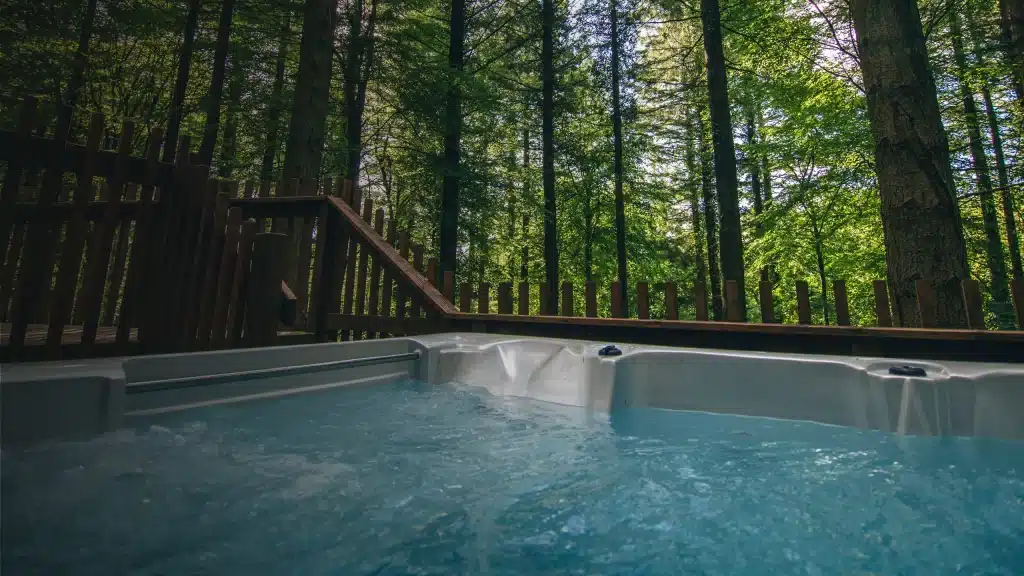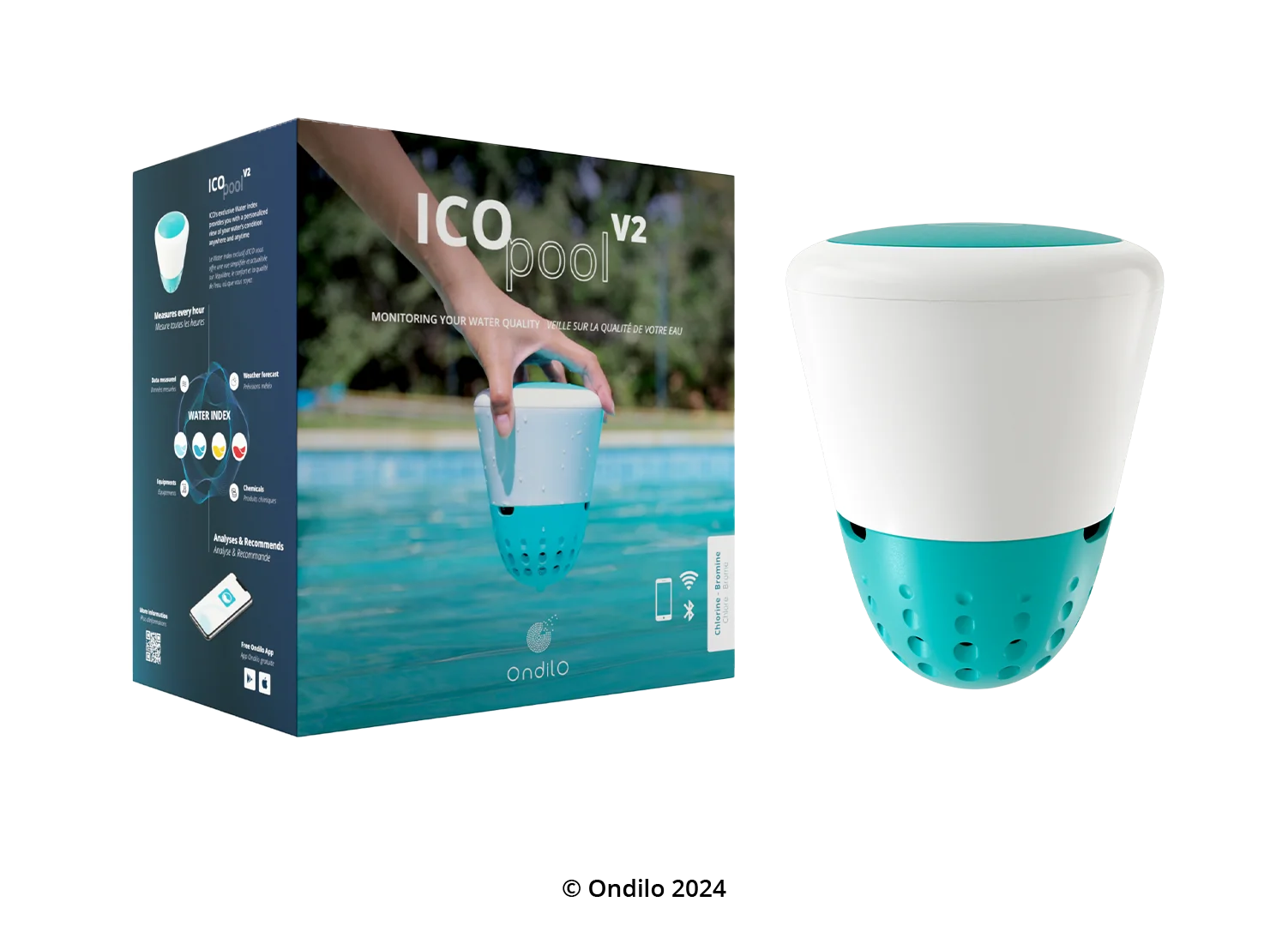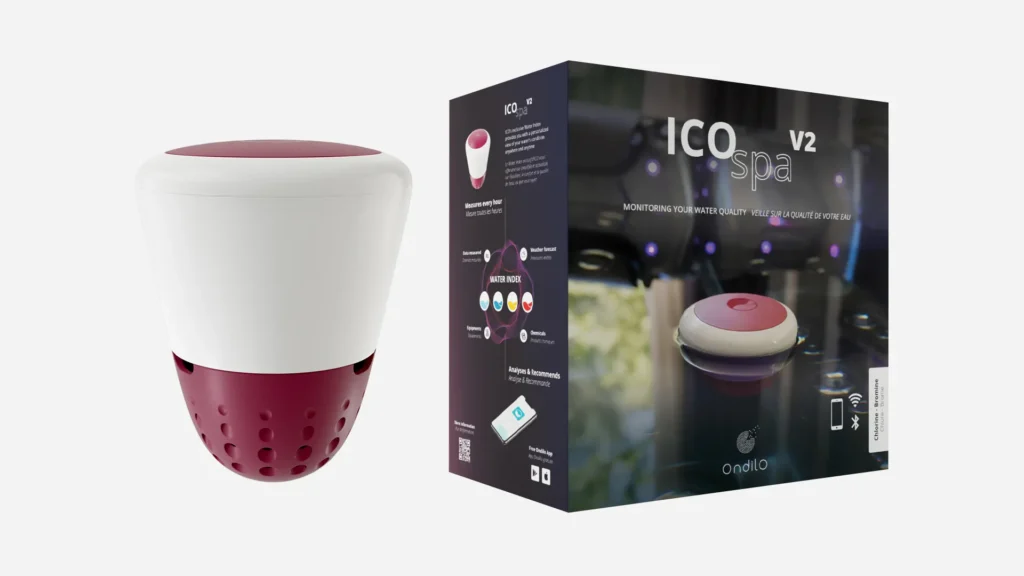Bromine water treatment is effective in combating bacteria and algae proliferation. Although it is less widely used than chlorine treatment due to its relatively high price, it is recommended if you live in a warm, sunny region.Indeed, bromine is particularly UV-resistant, compared with chlorine, for example. What's more, many bathers appreciate the comfort it brings to their water. What are the advantages and disadvantages of bromine treatment? How is it measured? Find out more in this article.

Bromine is a chemical element belonging to the halogens like fluorine and chlorine. It is also naturally present in seawater. Like chlorine, it is a disinfectant, a preventive algicide and a persistent disinfectant (it purifies water and destroys germs as it goes along). Bromine is ideal for replacing chlorine because it is odorless and gentler on the skin.
Bromine is available in pellet, tablet or pebble form.
If your pool water is green or cloudy, you can carry out a shock treatment using a bromine regenerator or calcium hypochlorite.
Here's how to disinfect your pool or spa water:
To measure bromine levels in water, you can use :
Découvrez ICO, l’analyseur d’eau connecté : il mesure le pH, le désinfectant et la température de l’eau. ICO est compatible avec les piscines et spas au chlore/brome, ou au sel.Découvrez ICO, l’analyseur d’eau connecté : il mesure le pH, le désinfectant et la température de l’eau. ICO est compatible avec les piscines et spas au chlore/brome, ou au sel.


| Cookie | Duration | Description |
|---|---|---|
| cookielawinfo-checkbox-analytics | 11 months | This cookie is set by GDPR Cookie Consent plugin. The cookie is used to store the user consent for the cookies in the category "Analytics". |
| cookielawinfo-checkbox-functional | 11 months | The cookie is set by GDPR cookie consent to record the user consent for the cookies in the category "Functional". |
| cookielawinfo-checkbox-necessary | 11 months | This cookie is set by GDPR Cookie Consent plugin. The cookies is used to store the user consent for the cookies in the category "Necessary". |
| cookielawinfo-checkbox-others | 11 months | This cookie is set by GDPR Cookie Consent plugin. The cookie is used to store the user consent for the cookies in the category "Other. |
| cookielawinfo-checkbox-performance | 11 months | This cookie is set by GDPR Cookie Consent plugin. The cookie is used to store the user consent for the cookies in the category "Performance". |
| viewed_cookie_policy | 11 months | The cookie is set by the GDPR Cookie Consent plugin and is used to store whether or not user has consented to the use of cookies. It does not store any personal data. |